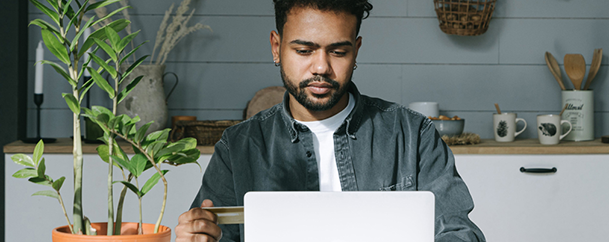Authentic Cooking: What “Home Cooking” Means to Different Cultures
Chances are you’ve heard someone talk about an “authentic recipe” or an “authentic dish” at some point. In fact, during conversations about cooking, the word authenticity is usually hard to avoid. But what does “authentic cooking” really mean? Does the meaning change depending on who you talk to?
Our recent research explored the meaning of “authentic cooking” across different cultural groups. We wanted to understand cooking behaviors and the role that authenticity plays in the kitchen. We also looked into food fusion and whether it affects the authenticity of a dish.
Hispanics Lead the Pack
Sixty-six percent of Hispanics cook authentic meals at least once a week, compared to 57% of Asians, 48% of African Americans, and 43% of non-Hispanic white consumers. Non-Hispanic white and African American consumers tend to choose quick-prep dishes, especially during the week. Highlight the convenience of your product when communicating to non-Hispanics. When targeting Hispanics, however, position your product as an essential ingredient in an elaborate dish.
Hispanics are also more likely to use clay pots, blenders, mortars and pestles, dry rubs, and dehydrating methods. On the other hand, white consumers are more likely to use slow cookers, African Americans are more apt to use deep fryers, and Asians tend to use rice cookers and fermentation methods more often. Incorporate winks and nods to to various cooking methods, tools, and techniques when communicating with these consumers.
Brand Authenticity and Brand Equity are Inextricably Linked
Multicultural consumers consider a brand to be authentic when it reminds them of their “home” culture or country. For Non-Hispanic white consumers, an authentic brand is one that has remained unchanged through time. However, it’s important for consumers to cook with brands that they trust. Leverage your brand equity to become a go-to option in authentic cooking. Tell a story that connects them to your brand values and resonates with consumers.
Fusion isn’t Happening at Home
Most respondents, across ethnicities, aren’t cooking fusion dishes at home. When they do, however, they tend to fuse their culture with another one, rather than fusing two cuisines that are unrelated to them. Consumers seem to be open to trying fusion in food, but feel intimidated when it comes to actually cooking it. Give consumers the confidence and guidance they need to cook fusion cuisine at home. This can include featuring fusion recipes in packaging, showcasing recipes online, publishing online videos and tutorials.
What does this mean for your brand?
Multicultural consumers are more likely to have an emotional connection to cooking authentic dishes. They’re also more likely to cook authentic meals on a regular basis. Position your brand in a way that connects with their emotions, and show them how your product can help them prepare dishes that connect them to their culture. Additionally, differentiate your brand by highlighting your attributes and story, and use these to foster a real connection. If your brand doesn’t happen to be ethnic, teach consumers how to incorporate your products into their dishes. You have their permission to do so!
Please complete the form below to receive additional information from Collage Group.
Stay Informed
Email *:
MARKET RESEARCH
SOLUTIONS
fluen.ci App for Cultural Insights
Consumer Research Data & Tools
RESOURCES
Webinar & Events
ABOUT
Who We Are
Collage Group is a certified Minority Business Enterprise (MBE) by the National Minority Supplier Development Council (NMSDC).
©2023 Collage Group

4550 Montgomery Avenue
Bethesda, Maryland, 20814
(240) 482-8260
Stay Informed
Email *:


Collage Group is a certified Minority Business Enterprise (MBE) by the National Minority Supplier Development Council (NMSDC).
©2023 Collage Group



